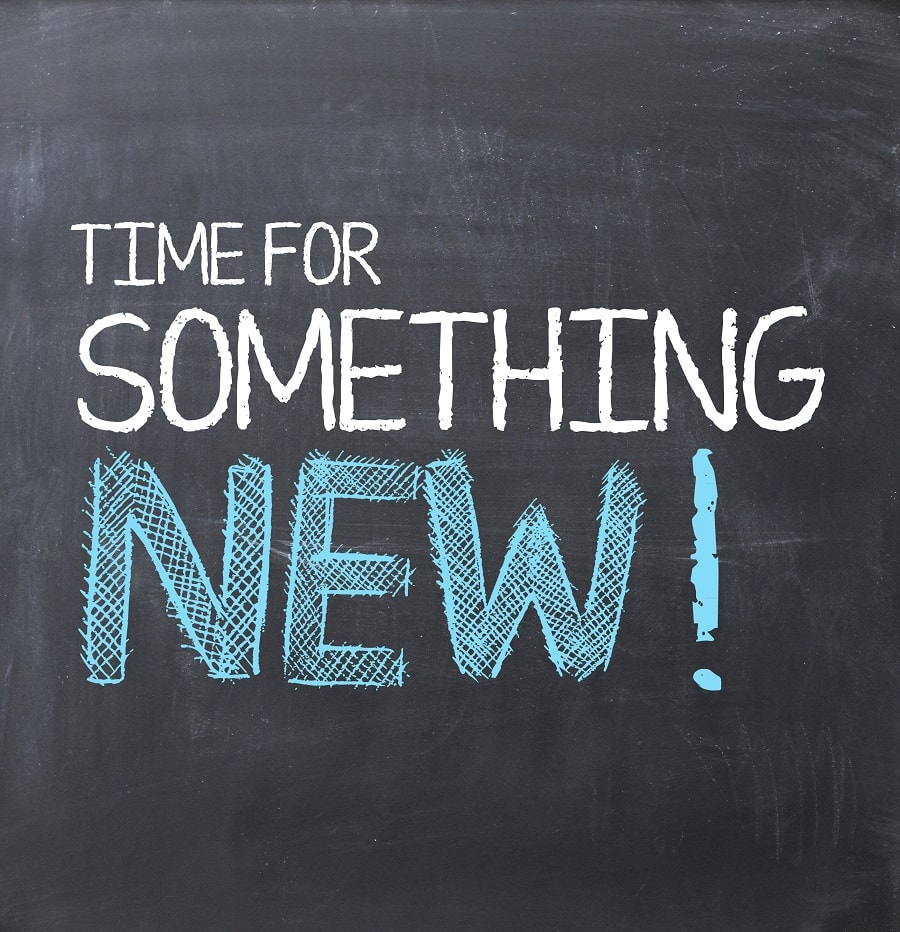A practical guide to more empathetic management
McGeachy Consulting, LLC
Have you noticed that people are a bit more ... edgy in the workplace these days? From your direct report being moved to tears by well-meaning constructive feedback or that one person everyone tip toes around because they never know what might set them off, the world of work has definitely changed.
Organizational Development leaders have been talking about empathy and connection as qualities of inspiring leaders for some time but now, in this post-COVID era, when people are returning to the office, working hybrid, feeling overwhelmed, possibly even burnt out, pulled in many directions, empathy and connection seem vital to positive relationships at work.
But does it really make a difference? And how do you make it happen?
Short answer: yes, and practice.
The Center for Creative Leadership has found that “Empathy in the Workplace is positively related to job performance.” That's relevant to everyone, managers and individual contributors. Also they noted that managers experience two boosts to their performance by practicing empathy. First, they were viewed as a better supervisor to their direct reports. And, "Managers who practiced empathetic leadership toward direct reports were viewed as better performers by their bosses."
How to be empathetic in the workplace:
A lot of it comes down to how you interact in conversation with the people around you. Something as simple as using empathetic statements can really make a difference. For instance, when someone...
shares bad news with you
expresses a complaint (even if it's about you!)
discloses their feelings or fears
...consider saying something like,
I’m so sorry, I don't even know what to say right now, but I'm glad you shared this with me
It makes sense that you feel ___________.
It sounds like you've done everything you could
I'm sorry you're experiencing this right now
I understand how you feel
Empathy vs. sympathy
It’s also important to note that we’re talking about empathetic here, not sympathetic.
Empathy is digging into your painful past, pulling up your own feelings similar to what the person just shared with you, and responding. I know I'm in empathy with someone when I physically feel it in my chest. When someone shares that their family dog has passed, my body immediately pulls up those aching feelings, and I goes straight to empathy. “I'm so sorry to hear that. I don't even know what to say, but I'm glad you told me.” And then I usually say something like, “Let the ugly tears flow”, because I know from my own experience that it's healthier to let them out than hold them in.
By noteworthy contrast, a sympathetic response would be something like; “At least it was only your dog and not a family member” (Ouch!”, or worse, “That will save you a bunch of money on dog food and vet appointments (double ouch)”. You know you have defaulted to using sympathy when the words at least are included in your response.
Here are a couple of real-life examples to help you really integrate the difference:
Empathy in the Workplace, McGeachy Consulting, LLC
If you take away one thing from this blog, put a sticky note on your desk, reminding you not to use the words "at least" if you intend to be empathetic. And, watch yourself when you try and one-up someone’s situation when a dose of empathy would be beneficial instead.
I'm practicing using empathy to build better connections with people, I hope you will too. Our workplaces, and the world, need it.
And, of course, if you’d like help in developing your managerial skills for this new world of work, I’m here to help. See how we can work together here.















